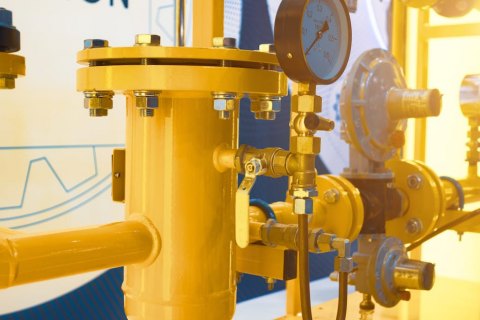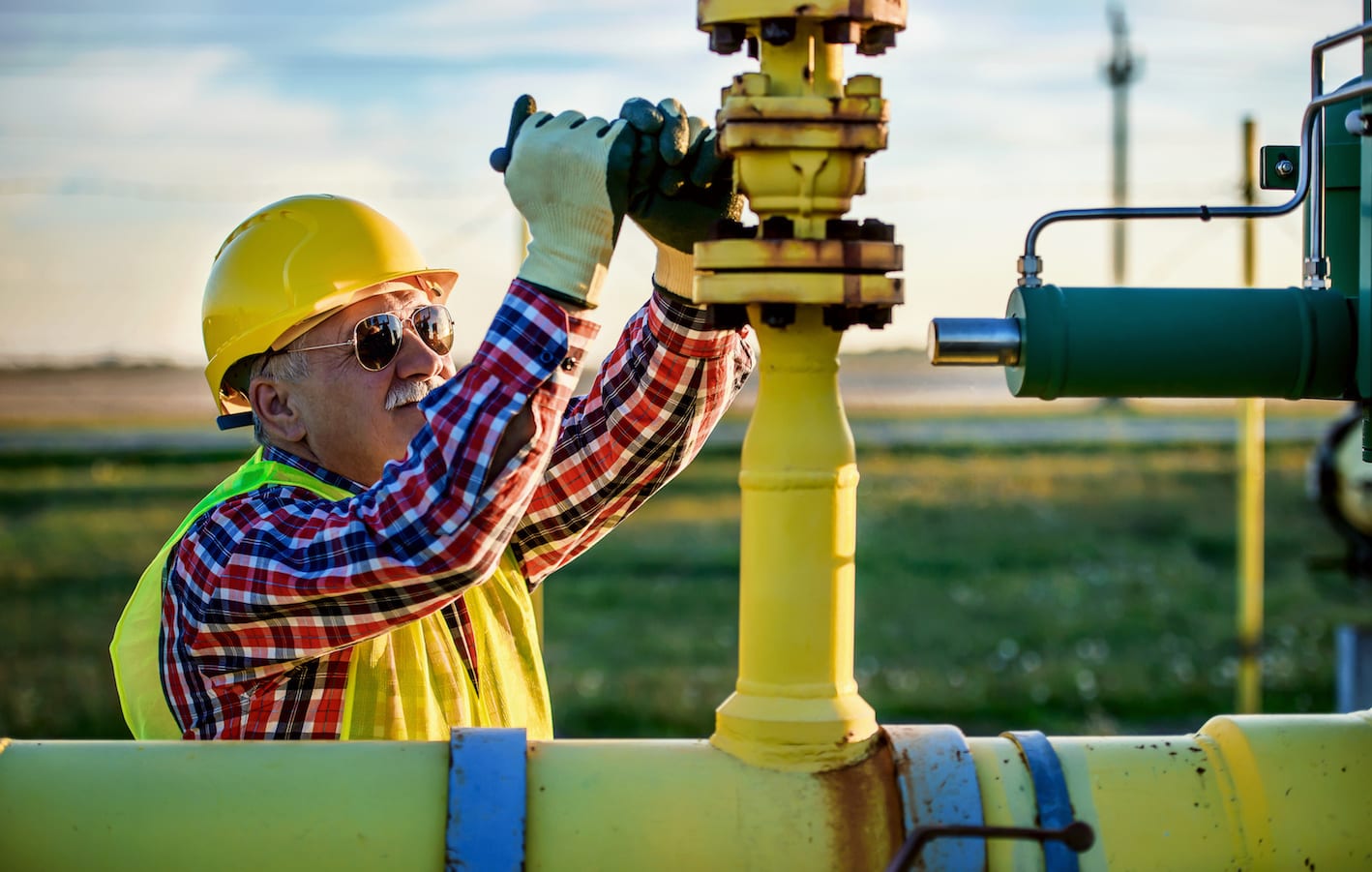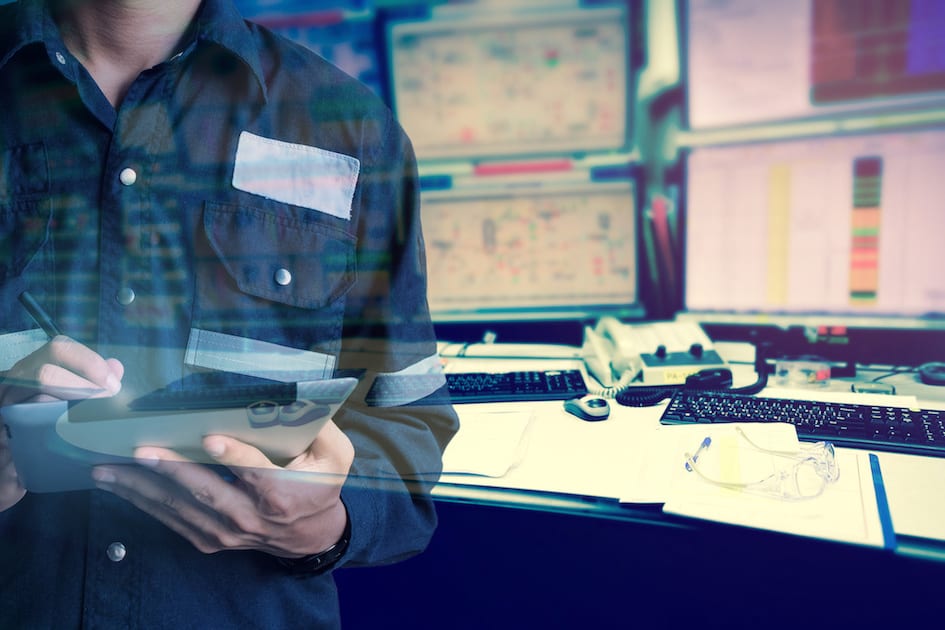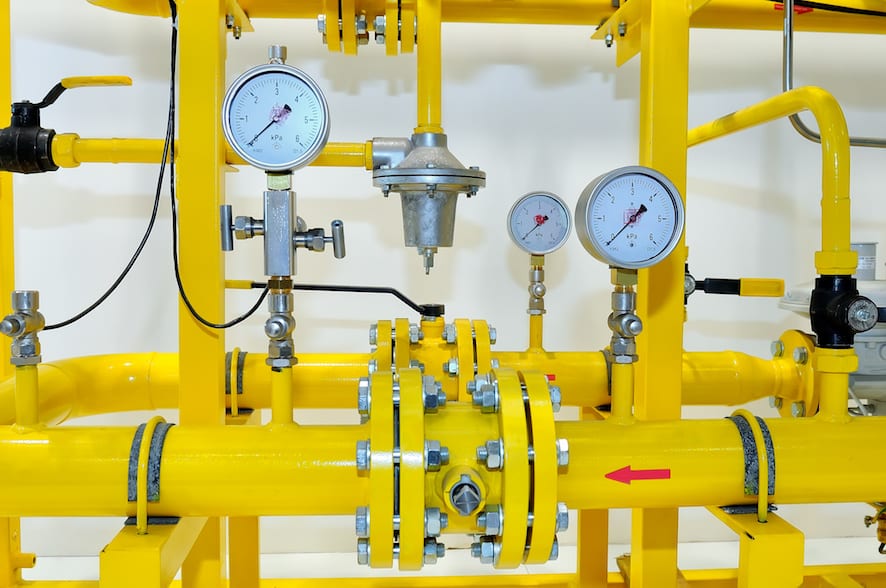Gas network monitoring, digitalisation and remote system control. Three fundamental aspects for a safe, cutting-edge and efficient gas network. For this reason, the FAST Group has been working alongside the major utilities in this sector for some time now.
Underground, miles of pipes wind along, bringing the gas where we need it, helping us live, work and ultimately make progress.
Day in, day out, the best Italian multi-utilities check that the network in our cities is safe and leak-free, ensuring emergency intervention within an hour. At the same time, they undertake to improve the network by innovating the infrastructure and services, guaranteeing continuity of service and ensuring the affordability of the system.
Some of them have defined a significant investment plan featuring interventions aimed at the maintenance, renewal and development and digitalisation of our network and processes. And it is precisely here that FAST Group technologies and know-how come into play.
The Vision - National Industry 4.0 Plan
With a focus on efficiency, technological innovation projects that come under the National Industry 4.0 Plan prepared by the Ministry of Economic Development are being carried out.
They have thus identified certain specific areas of intervention in order to be able to direct maintenance resources to where they are actually required
Digitalisation of gas networks: non-interconnected gas distribution networks (via antenna), monitored with transducers, sensors and data acquisition devices in order to predict any outages caused by network failures and/or malfunctions (leak prevention, failure prevention, monitoring of the quality of the gas distributed, consumption balancing).
Pressure monitoring: the aim is to identify the efficiency parameter of the low pressure gas network distribution system in order to provide the service safely, guaranteeing the correct operating pressure and thus preventing emergency calls due to “gas outages”.
Remote control of distribution systems: which supervises the data and alarms from the reduction systems and the distribution network and the remote reading of the gas supplied. The data become available immediately electronically throughout the country, so as to ensure that the operating units always have an up-to-date picture of the state of the distribution system and can intervene as quickly as possible in the event of anomalies.
Gas network management
Thanks to new technologies, what is known as the industrial Internet of Things (IoT), it is possible to give the network a “digital identity”: a multitude of sensors distributed along the network that can communicate and interact with each other and with the external environment in order to provide information or take decisions, such as that of regulating certain operating parameters, preventing faults through maintenance and identifying leaks even more quickly.
How to digitalise the gas network
In order to digitalise the network, investments need to be made in cutting-edge technologies such as those supplied by the FAST Group, specifically:
- - the EP-Log product can be used to monitor the pressure
- - the Glog-AW product is used to digitalise the network
- - the remote control of the gas distribution systems is ensured by the Glog data logger and by TL15
- - cathodic protection monitoring, on the other hand, is managed by Mini-AEMT and CP4-Log
EP-Log is a data logger designed to monitor the operating pressure in gas distribution networks (UNI/TR 11631:2016 regulations). It connects to the SCADA centre in different ways and can be configured/updated both locally and remotely. The data that EP-Log makes available are: pressure, temperature, field intervals with pressures outside the threshold, real-time communication for a limited period.
Glog-AW combines the functionality of a network monitoring device and that of a type 1 gas volume corrector with two conversion channels.
Glog is the RTU designed for monitoring and controlling plants dedicated to reducing gas pressure. It communicates with SCADA centres using different protocols and can work with LoRaWan or NB-IoT modems, meaning it can integrate perfectly into the Smart City cloud architecture.
The benefits achieved through gas network digitalisation
Activities related to innovation and technological development aim to improve service quality and safety standards, reduce the environmental effects of distribution activities and increase the overall efficiency of the distribution system.
The set of data that can be gathered from the network represents a very high value in terms of digitalisation: in fact it constitutes a wealth of knowledge so large that it is necessary to use innovative technologies and tools such as Big Data, Analytics and Machine Learning to extract all the value, as if it were being mined.
In this regard, some multi-utilities have launched an Advanced Analytics project with the aim of checking the state of the networks more accurately, of predicting their evolution with greater reliability and foresight, creating a complete data management system capable of guaranteeing value to the organisation.
The aim of the big data analysis project for Italgas is not to generate reports on what has happened, but to establish how to make better decisions on this basis in the future. By changing the data analysis model, it is possible to reduce failures and inefficiencies, increase productivity and limit management costs.



